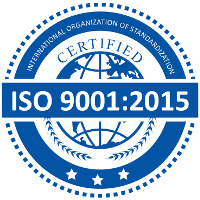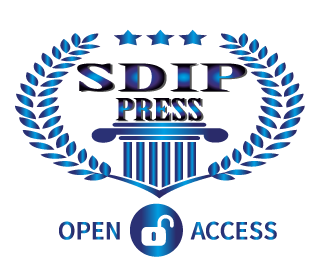American Journal of Food Science and Nutrition (AJFSN)
Assessment of inhibitory activity of hydrolyzed camel whey protein concentrate and its peptides against some fungi
(This article belongs to Vol - 03, Issue - 01)
Download [ 32 ]
Abstract
The objective of this study was to investigate the antifungal activity of different concentrations (5, 10 and 20 mg/ml) of camel whey protein concentrate (WPC) and its hydrolysates against Candida albicans, Asperigillus fumigatus, Asperigillus niger and Asperigillus flavusThen, the strongest antifungal hydrolysate was further fractionated on fast performance liquid chromatography (FPLC) to separate the potent peptide subfractions at concentration of 1.45 mg/ml. The results revealed that the pepsin-trypsin (P-T) hydrolysate (20 mg/ml) showed the strongest antifungal activity, followed by 20 mg/ml of both unhydrolyzed WPC and pepsin (P) hydrolysate against C.albicans, A.fumigatus, A.niger and A.flavus, respectively.However all tested conentrations of trypsin (T) hydrolysate had the lowest activity against all strains.Thus, the potent P-T hydrolysate was subjected to further fractionation and the potent lower molecular weight peptide subfractions (SFs) (< 20kDa) were SF18 against A.niger, SF14 against A.fumigatus and A.flavus, repectively and SF21 against C.albicans.Camel´s WPC, its hydrolysates and the potent peptide subfractions (SF18 and SF14) had more hydrophobic amino acids, however SF21 had more hydrophilic amino acids. Consequently, it′s concluded that P-T camel´s WPC hydrolysate can be applied as a natural effective antifungal agent.ISO CERTIFIED

American Journal of Food Science and Nutrition (AJFSN)
ISSN 2212-7866
Published by SDIP, London, United Kingdom.

